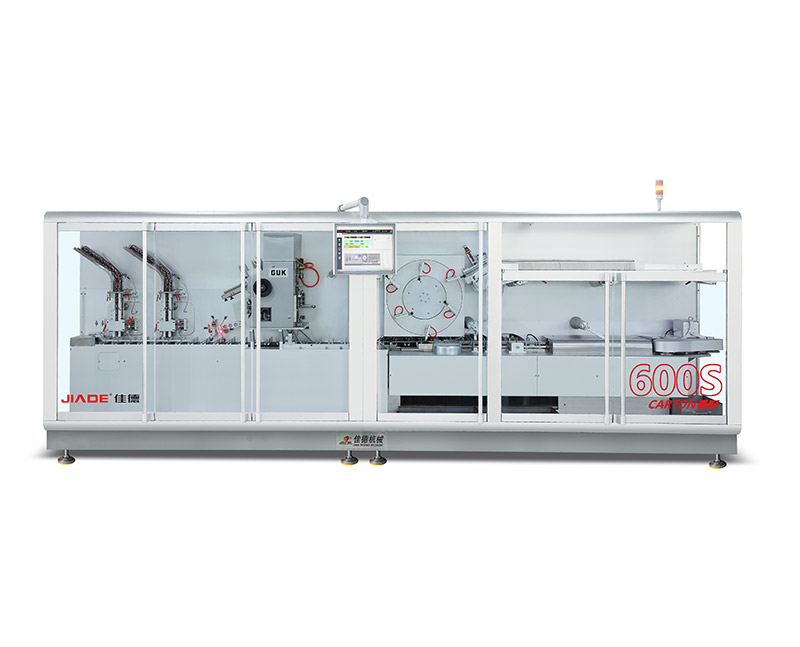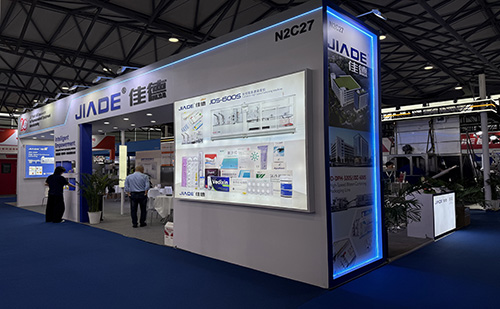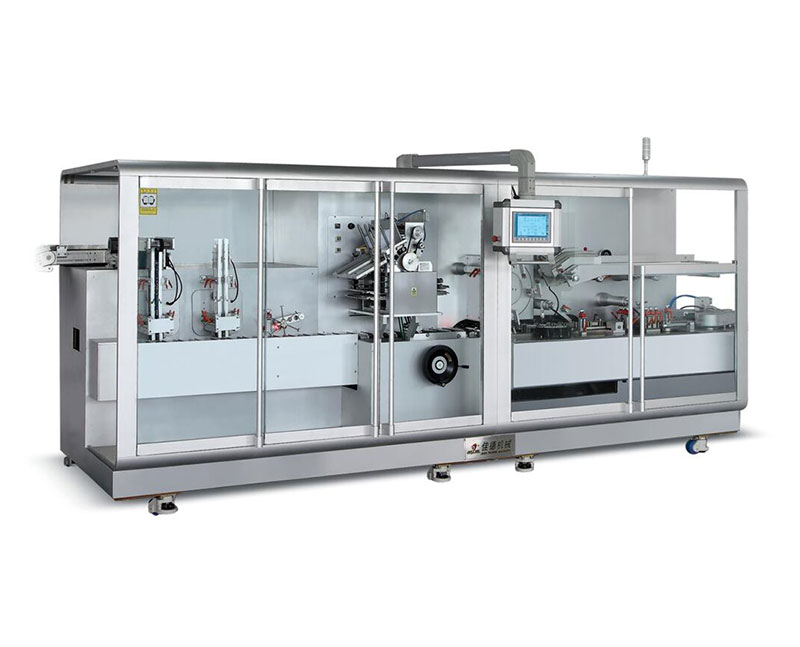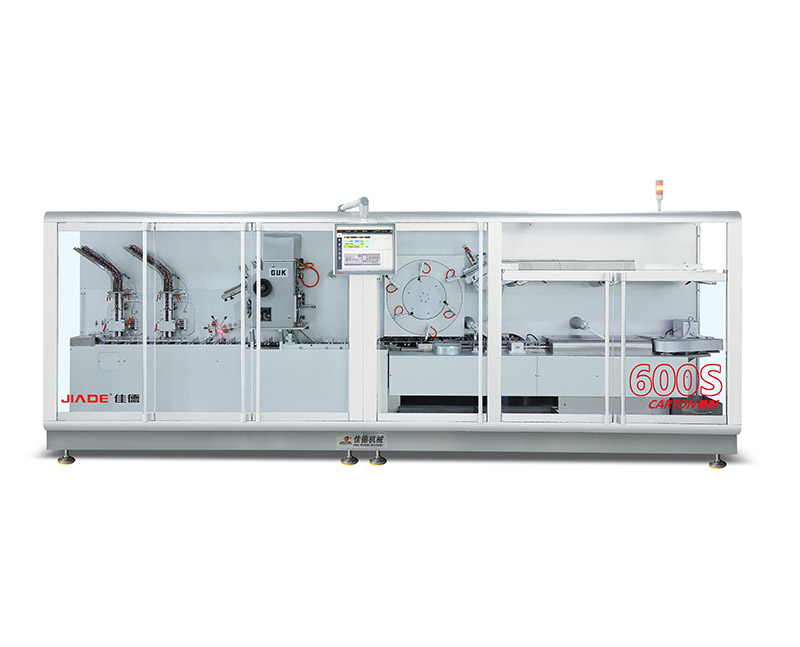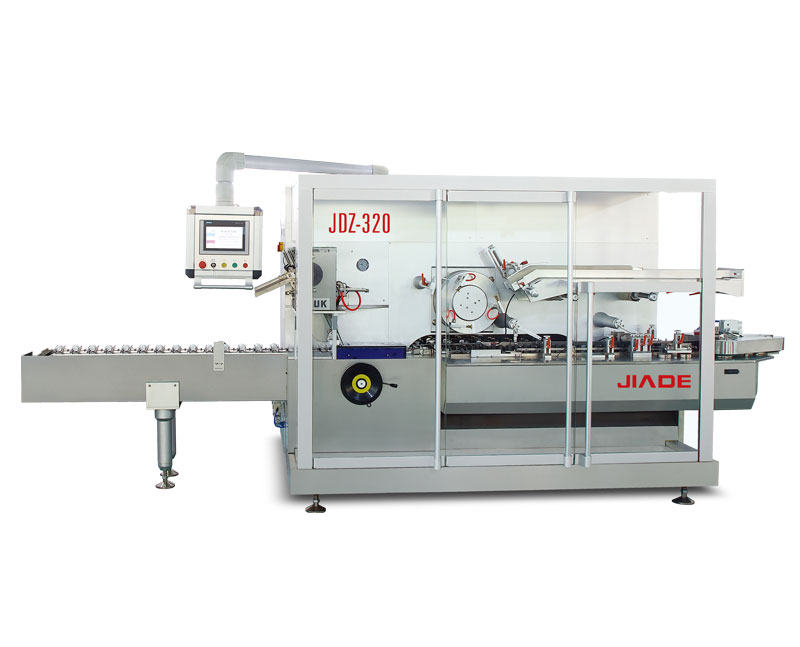How should enterprises plan the automation upgrade of cartoning machines?
Fully automated Cartoning Machine stands out in modern packaging operations for its remarkable advantages: it significantly boosts production speed, minimizes human errors to ensure consistent packaging quality, and cuts down long-term labor and material waste costs.In the competitive global market, optimizing packaging processes through the automation upgrade of Cartoning Machine has become a key measure for enterprises to enhance operational efficiency. However, blind upgrade may lead to resource waste. Therefore, a scientific planning process is essential for enterprises to maximize the value of automated Cartoning Machine.
1. Conduct in-depth demand diagnosis before upgrade
Enterprises need to clarify the core pain points of current Cartoning Machine operations to ensure the upgrade is targeted.
Analyze production bottlenecks: Check if the current manual or semi-automated Cartoning Machine has issues like low speed, frequent downtime, or heavy reliance on labor, which restrict daily output.
Confirm quality improvement goals: Evaluate whether the existing Cartoning Machine causes quality problems (such as uneven carton folding or missing labels) and determine the stability requirements for the automated version.
Calculate cost-saving expectations: Estimate the long-term costs of manual operation (including labor and material waste) and clarify the cost-reduction target of the automated Cartoning Machine.
2. Formulate a phased implementation strategy
A step-by-step approach can reduce upgrade risks and ensure smooth integration of the automated Cartoning Machine.
Select suitable equipment models: Based on product specifications (e.g., carton size, packaging speed) and future expansion needs, choose an automated Cartoning Machine with strong compatibility and scalable functions.
Pilot testing before full deployment: First apply the automated Cartoning Machine to a single production line, test its operation stability, and adjust parameters (such as feeding speed) according to actual conditions.
Ensure system compatibility: Connect the automated Cartoning Machine with existing production management systems (e.g., MES) to realize real-time data synchronization and unified monitoring of the entire packaging process.
3. Verify post-upgrade effect and optimize continuously
Enterprises need to track the performance of the automated Cartoning Machine to ensure it meets the expected goals.
Evaluate production efficiency: Compare the output of the automated Cartoning Machine with the old version—usually, the automated model can bring double-digit growth in hourly output and reduce downtime.
Monitor quality stability: Statistics show that the automated Cartoning Machine can lower the defect rate by a notable percentage, thanks to its built-in detection and correction functions.
Optimize operation based on feedback: Collect operator suggestions on the automated Cartoning Machine (e.g., ease of operation, maintenance needs) and work with suppliers to adjust functions for better usability.
Conclusion
Planning the automation upgrade of Cartoning Machine requires enterprises to focus on demand diagnosis, phased implementation, and post-upgrade optimization. By following this scientific process, enterprises can not only give full play to the advantages of the automated Cartoning Machine but also achieve sustainable improvement in production efficiency and cost control.
If you are looking for a high-performance automated Cartoning Machine or need a customized upgrade plan, please contact JIADE now—our team will provide professional solutions tailored to your business needs!


